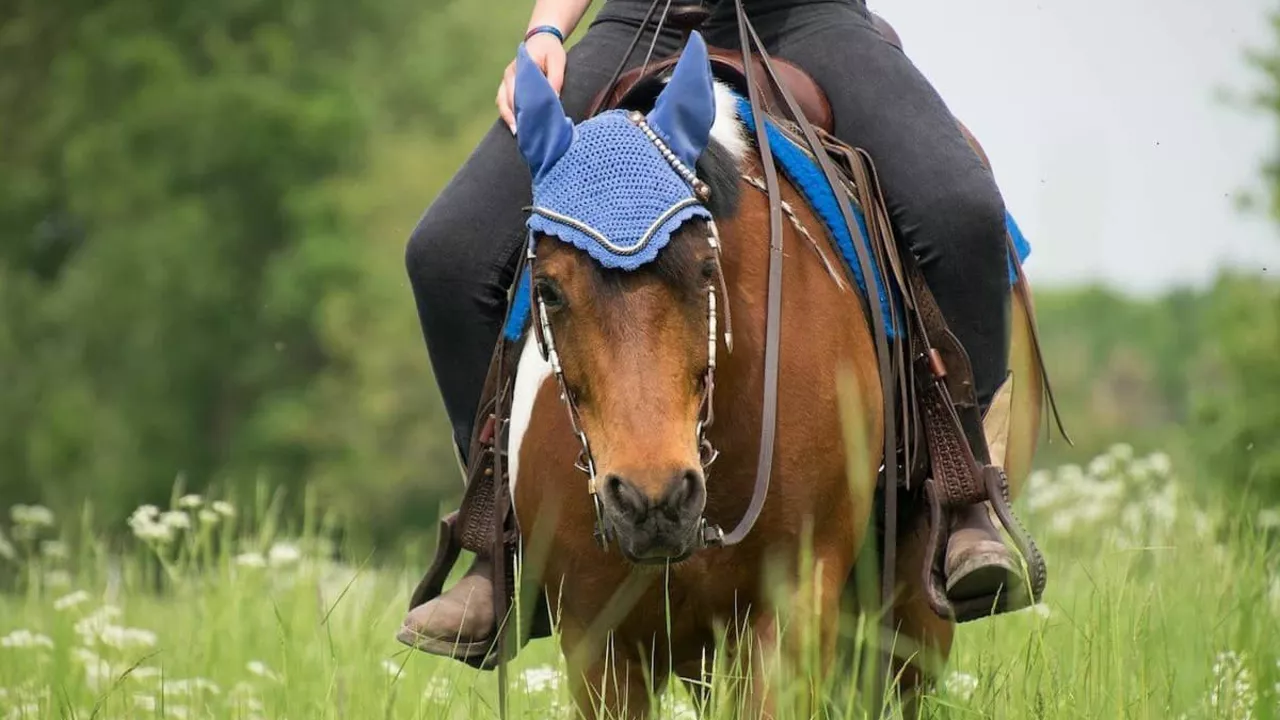Riding Lesson Tips: Your Quick Guide to Better Riding
Thinking about signing up for a riding lesson? You’re not alone. Lots of people want to hop on a horse but aren’t sure where to start. This guide cuts the fluff and gives you straight‑forward advice so you can pick the right class, show up prepared, and start improving from day one.
Choosing the Right Riding Lesson
The first step is finding a lesson that fits your needs. Look for a stable that offers small group sizes – that way the instructor can watch you closely. Check if the trainer has certified experience with beginners; a good sign is if they mention memberships with British Horse Society or similar bodies.
Ask about the horse used for lessons. Ideal horses are calm, well‑trained and used to new riders. If the stable says they rotate horses, you’ll get a feel for different temperaments, which can be a bonus.
Price matters, but don’t let the cheapest option win. A slightly higher fee often means better equipment, safer tack, and a trainer who can give you personalized feedback. Ask for a trial lesson – many schools let you try a class for free or a reduced rate.
Getting Ready for Your First Class
What to wear is simple: long pants (jodhpurs or breeches work best), tall boots with a small heel, and a certified riding helmet. If you don’t own a helmet yet, most stables will lend you one, but it’s worth buying your own so you feel comfortable.
Leave jewelry at home. Small items can get caught in the tack and cause injuries. Bring a water bottle and a light snack; riding uses more energy than you might think.
Before you mount, spend a few minutes observing the stable routine. Watch how the instructor approaches the horse, checks the girth, and adjusts the saddle. Mimicking these steps shows respect for the animal and helps you feel more confident.
Don’t worry if you’re nervous – that’s normal. Tell your instructor about any worries or physical limits you have. A good teacher will adjust the lesson speed and give you extra support if needed.
After the ride, take a few minutes to ask the instructor what you did well and what to improve. Jot down the tips in a notebook. Repeating the same advice over a few lessons builds muscle memory faster than trying to figure everything out on your own.
Finally, keep practicing the basics off the horse. Simple exercises like stretching, core strengthening, and balance drills make a big difference when you’re in the saddle. Even a short daily routine can help you sit steadier and respond to cues quicker.
With the right lesson, proper gear, and a bit of preparation, you’ll feel more comfortable on the horse and see real progress fast. So pick a stable, suit up, and enjoy the ride – the barn is waiting!

Heading out for a horseback riding lesson, it's essential to dress appropriately for safety and comfort. Long pants, preferably jeans or jodhpurs, are ideal to protect your legs from chafing against the saddle. A fitted top or shirt will keep you comfortable without the risk of getting caught on anything. Don't forget a pair of sturdy, heeled boots to prevent your feet from sliding through the stirrups. Lastly, a well-fitted helmet is a must-have for safety reasons.
Read more
